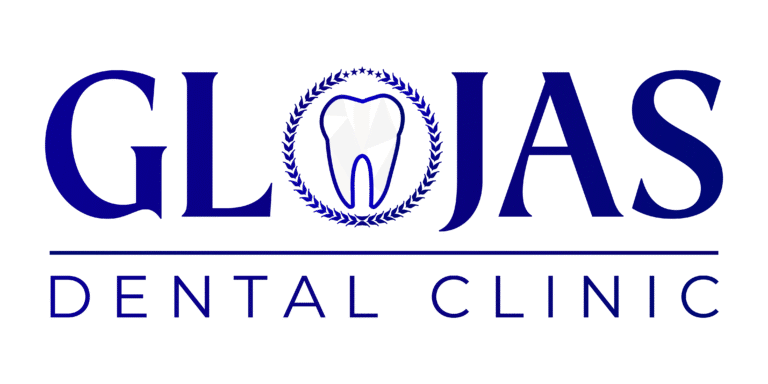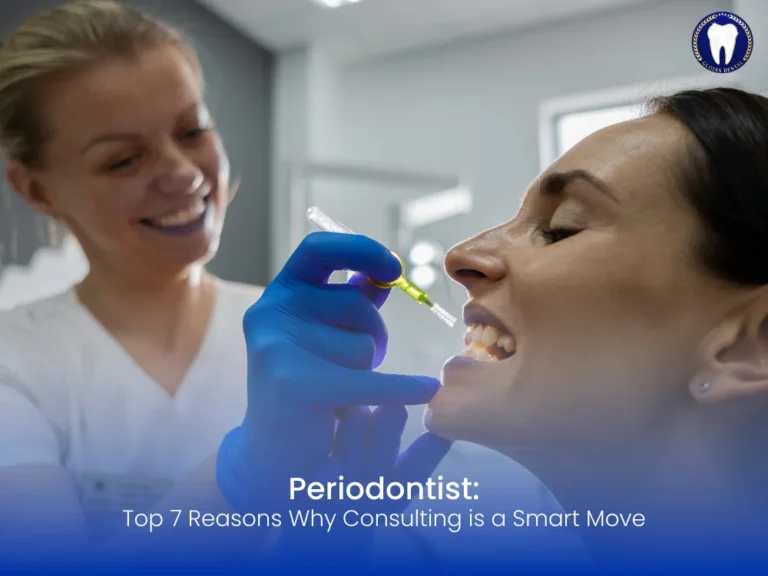Maintaining excellent oral health goes far beyond brushing and flossing. For individuals suffering from gum disease, tooth mobility, or even jawbone loss, a general dentist may not be enough. That’s where a periodontist comes in—an expert specializing in the prevention, diagnosis, and treatment of periodontal disease and the placement of dental implants.
Let’s explore the many reasons why visiting a periodontist could be the smartest health decision you’ll make this year.
What is a Periodontist?
A periodontist is a dental specialist who focuses on the soft tissues and bone structures supporting your teeth. After dental school, they undergo an additional three years of specialized training in periodontology. Their expertise includes treating gum disease, performing surgical procedures like bone grafting and gum grafting, and placing dental implants.
When Should You See a Periodontist?
Signs You Need a Periodontist’s Help
- Persistent bad breath
- Bleeding or swollen gums
- Receding gums
- Loose or shifting teeth
- Painful chewing
- Pus between teeth and gums
These symptoms are red flags and indicate the presence of advanced periodontal disease that needs specialized care.
Referral From a General Dentist
Most people are referred to a periodontist by their regular dentist. If your condition is beyond the scope of general dentistry, your provider will likely suggest a periodontist for advanced evaluation and treatment.

Benefits of Consulting a Periodontist
Expert Diagnosis and Treatment Plans
A periodontist uses advanced tools like digital x-rays and 3D imaging to diagnose problems accurately. This leads to highly customized treatment plans, increasing the likelihood of a successful outcome.
Access to Advanced Treatment Options
From laser-assisted periodontal therapy to flap surgery, periodontists provide state-of-the-art treatments that general dentists may not offer.
Better Outcomes for Dental Implants
If you’re considering dental implants, a periodontist is your best bet. Their knowledge of bone and gum structures makes implant placement more precise, reducing the risk of complications and improving long-term success rates.
What Happens During a Periodontal Consultation?
During your first visit, the periodontist will:
- Examine your gums for bleeding, recession, and pocket depth
- Assess your bite alignment
- Take radiographs to evaluate bone loss
- Discuss medical history and possible contributing factors like diabetes or smoking
This comprehensive evaluation is key to crafting a personalized treatment strategy.
Common Treatments Performed by a Periodontist
Scaling and Root Planing
This non-surgical deep cleaning removes plaque and tartar from below the gumline, helping to eliminate bacterial infection and allow gums to reattach to teeth.
Gum Grafting
A periodontist can perform grafting procedures to cover exposed roots and prevent further recession or sensitivity.
Bone Grafting
If gum disease has eroded your jawbone, a bone graft can help regenerate the lost bone—critical for stabilizing teeth or placing implants.
Periodontal Surgery
In advanced cases, flap surgery may be needed to clean deep periodontal pockets and reshape damaged bone structures.
Dental Implants and Periodontists
Why Choose a Periodontist for Implants?
Implant success relies on strong gums and sufficient jawbone density. A periodontist has the surgical expertise and biological understanding to ensure optimal placement and long-term integration.
Pre-Implant Procedures
- Sinus lifts
- Bone augmentation
- Soft tissue grafts
These are often performed by periodontists to prepare the mouth for implants, especially in cases with bone loss or thin gum tissue.
Periodontal Maintenance: A Lifelong Commitment
After treatment, regular follow-ups with a periodontist are vital to maintain oral health. This includes:
- Frequent cleanings every 3–4 months
- Ongoing monitoring of pocket depths
- X-rays to check bone levels
- Education on home care techniques
Gum Disease and Systemic Health
Scientific research continues to uncover strong links between periodontal disease and chronic health conditions such as:
- Diabetes
- Heart disease
- Stroke
- Respiratory illness
This highlights the importance of seeing a periodontist, not just for your mouth—but for your overall well-being.
Choosing the Right Periodontist
What to Look For
- Board certification and credentials
- Experience with advanced procedures
- Access to the latest technology
- Strong patient reviews
- Open communication and empathy
Questions to Ask Your Periodontist
- What is your experience with my specific condition?
- What treatment options are available?
- What are the risks and benefits of each procedure?
- What is the expected recovery timeline?
Periodontist vs. Dentist: What’s the Difference?
While general dentists can treat mild gum issues, periodontists handle more complex cases requiring surgical intervention and deep expertise. Think of it as the difference between a general physician and a heart surgeon—both essential, but with very different specialties.
Frequently Asked Questions FAQs
1. What makes a periodontist different from a regular dentist?
A periodontist specializes in the prevention and treatment of gum disease and the placement of dental implants, receiving three years of additional training after dental school.
2. Is a referral necessary to see a periodontist?
While many patients are referred by a general dentist, you can schedule a consultation with a periodontist directly if you’re experiencing gum issues.
3. Do periodontists perform teeth cleanings?
Yes, but they focus on deep cleanings and periodontal maintenance rather than routine cleanings done by general dentists or hygienists.
4. Can a periodontist help with receding gums?
Absolutely. Periodontists often perform gum grafts and other treatments to restore gum lines and protect the roots of your teeth.
5. Is treatment by a periodontist painful?
Modern techniques and anesthesia make most periodontal procedures comfortable. Mild soreness may follow, but pain is generally minimal.
6. How often should I visit a periodontist?
It depends on your condition. After active treatment, many patients see their periodontist every 3–4 months for maintenance care.

